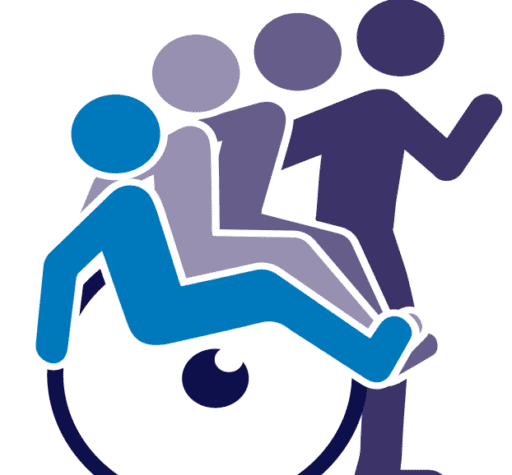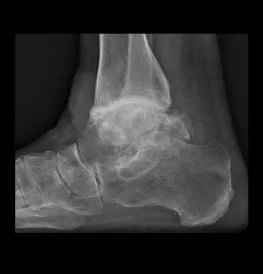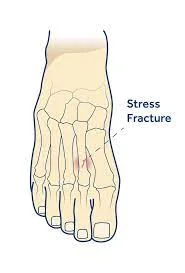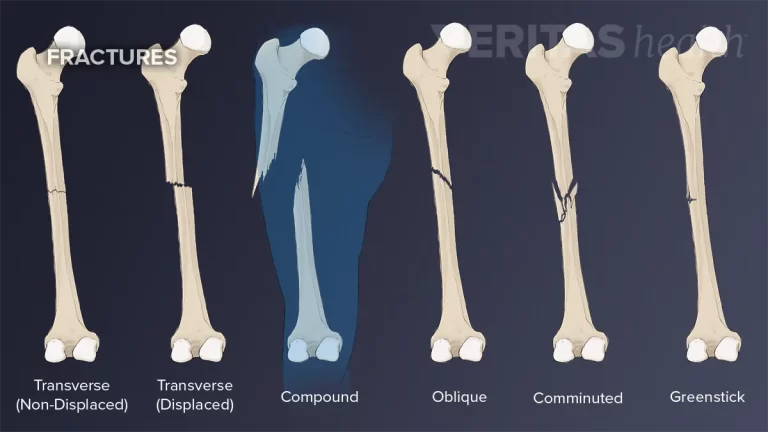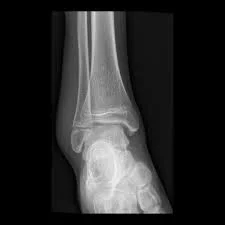Stomach Pain After Eating Pasta
Do you have Stomach Pain after Eating Pasta? Although there is never a good time to have stomach pain, it is particularly unpleasant right after eating pasta, Food allergies are actually relatively uncommon in adults, despite what you may believe to be in that case. It may take some time to identify the precise foods…
